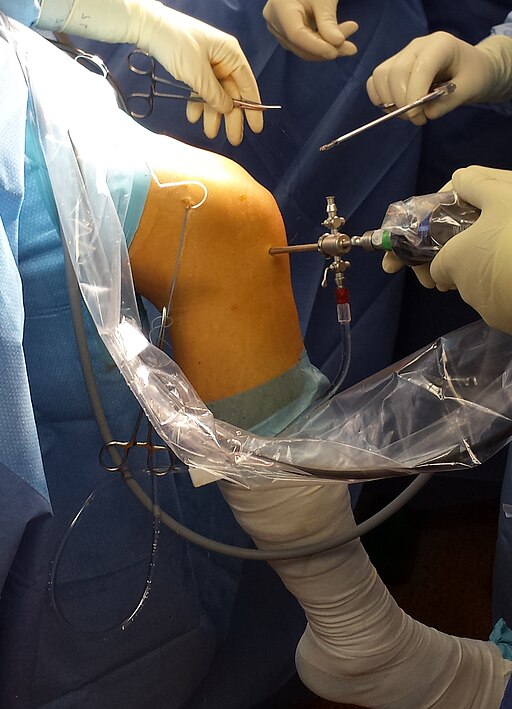Arthroscopy
Arthroscopy is a minimally invasive surgical procedure used to diagnose and treat joint problems. During this procedure, a small camera called an arthroscope is inserted into the joint through a small incision. The arthroscope transmits images of the inside of the joint to a video monitor, allowing the surgeon to see the joint in great detail without making a large incision.
This technique is commonly used to address issues in various joints, including the knee, shoulder, elbow, ankle, hip, and wrist. Arthroscopy can be used to treat a variety of conditions such as torn cartilage, damaged ligaments, joint infections, and inflamed joint linings.
Because arthroscopy involves smaller incisions than traditional open surgery, patients often experience less pain and a faster recovery time. The procedure typically involves a few small incisions through which the arthroscope and specialized surgical instruments are inserted. The surgeon can then perform necessary repairs or remove damaged tissue while viewing the joint on a monitor.
Postoperative recovery from arthroscopy usually involves rest, physical therapy, and gradual return to normal activities. The minimally invasive nature of arthroscopy generally leads to shorter hospital stays and quicker overall recovery compared to traditional surgery.

